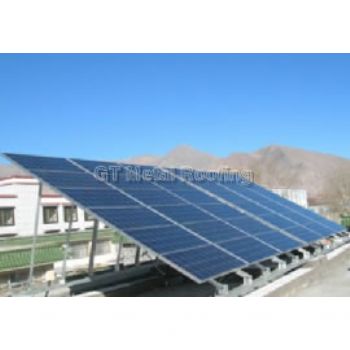太阳能系统
Compared to the pollution of fossil fuels and emission of ozone depleting gases, solar energy is a greener, more economic and effective recyclable choice. Photovoltaics (PV) electricity is generated through PV modules from solar energy, without emission of carbon dioxide (CO2) and other harmful gases. A PV module can lower the emission of carbon gases up to 7.5 tons during its service life of 25 years.
Advantage of Solar Energy
Compared to the pollution of fossil fuels and emission of ozone depleting gases, solar energy is a greener, more economic and effective recyclable choice. Photovoltaics (PV) electricity is generated through PV modules from solar energy, without emission of carbon dioxide (CO2) and other harmful gases. A PV module can lower the emission of carbon gases up to 7.5 tons during its service life of 25 years.
Among all of the current applications of solar energy, building integrated photovoltaics (BIPV) system is the most effective way.
Building Integrated Photovoltaics (BIPV) System
A Building Integrated Photovoltaics (BIPV) system consists of integrating photovoltaics modules into the building envelope, e.g., roofing or curtain wall, simultaneously serving as building envelope material and power generator, providing savings in both materials and electricity costs, and reducing use of fossil fuels and emission of ozone depleting gases as well. The PV modules actually become an integral part of the building, serving as the exterior weather skin, with architectural appearance that satisfying the design intent of the architect and the owner.
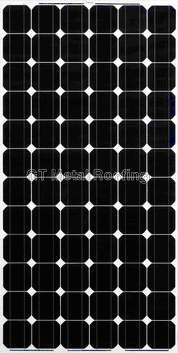
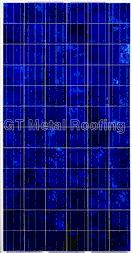
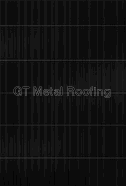
Single crystalline wafers Poly-crystalline wafers Thin-film modules
Photovoltaics (PV) Categories
PV modules available on the market today:
1. Thick crystal modules: including solar cells made from crystalline silicon either as single or poly-crystalline wafers, delivering about 10-12 watts per ft² of PV array (under full sun).
2. Thin-film modules: typically incorporating very thin layers of photovoltaicly active material placed on a glass superstrate or a metal substrate using vacuum-deposition manufacturing techniques similar to those employed in the coating of architectural glass. Presently, commercial thin-film materials deliver about 4-5 watts per ft² of PV array area (under full sun).
Thin-film technologies hold out the promise of lower costs due to much lower requirements for active materials and energy in their production when compared to thick-crystal products.
A photovoltaic system is constructed by assembling a number of individual collectors called modules electrically and mechanically into an array.
Applications of BIPV System
With BIPV solar system, the house-owners can enjoy warm winter and cool summer all year round.
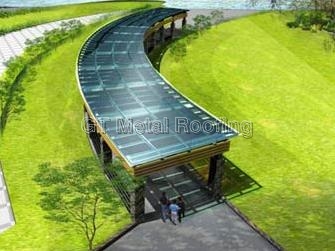
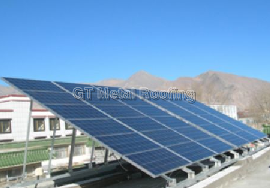
下一页:没有了


